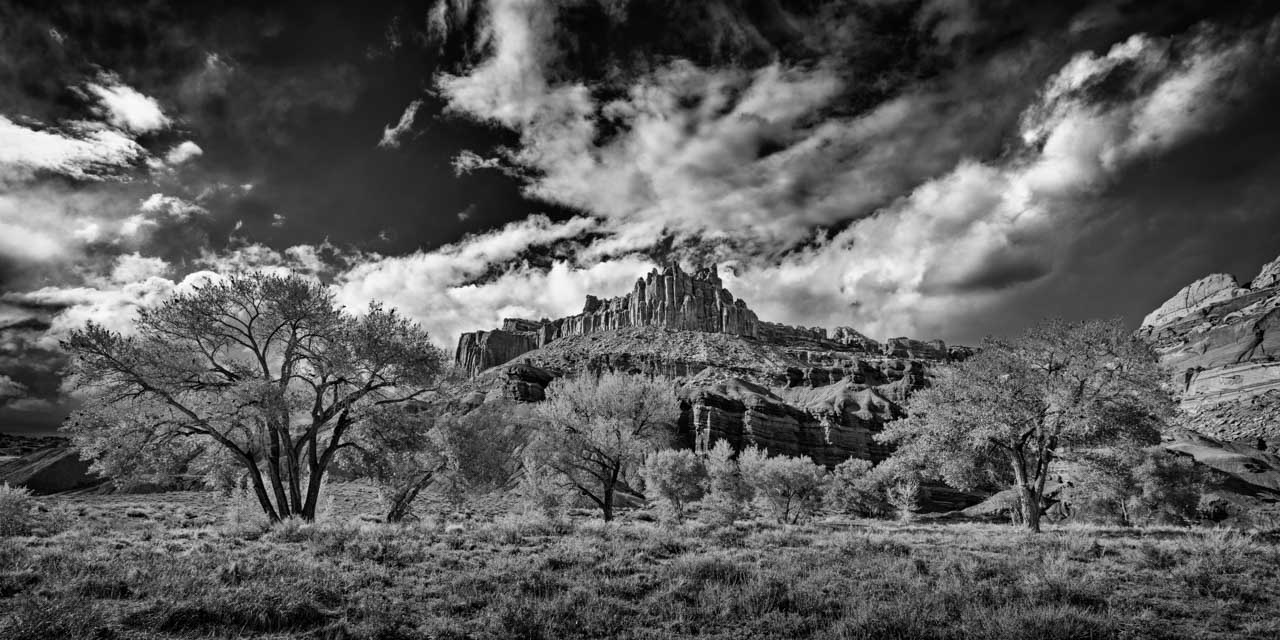The 2 Genres of Photography: Illustrative Photography and Artistic Photography

Classification #5: Philippe Halsman's classification (1961)
For Philippe Halsman, there are two kinds of photographs:
- The ones we take. These are the photos taken on the spot. This is for example photojournalism. These are the action photos, intuitive, immediate.
- The ones we make. These are the prepared photos, to make. They are the photos of studio or then the photos of setting in scene. The preparation time is long, time-consuming.
Philippe Halsman's classification of photographic genres is interesting, because it is based on the instinct of the human being. It does not consider the content and its meaning, the construction, or the technique. It is a model that I know, but that I do not use, because it does not correspond to my way of photographing.
Classification #6 : Amar Guillen's Classification (My Personal Classification)
Since no model satisfied me, I made my own. For a few years, I have been using my personal classification to organize the photographic genres.
This classification classifies two genera:
- Illustrative photography.
The purpose is to illustrate, or to show. It is neutral. The photographer takes a photo to illustrate an article for a magazine, a book of identification, historical, geographical. The viewer does not interpret the photo. He takes it as it is. It is there to reinforce the text and the subject.
It is also in this genre that I classify fashion photography and photography for advertising. There is no dialogue between the photographer and the viewer. There is just a proposal of images. It involves an exchange with few communication. - Artistic photography.
It allows the photographer to express himself, to communicate feelings and emotions, to transmit messages to a viewer.
For me, artistic photography is a true means of expression and exchange between the photographer and the viewer.
In this genre, I have two themes:
- Figurative photography.
It is representative. The scenes and the subjects are perfectly identifiable. It is animal photography, or landscape photography. It can be symbolic. But in any case, the viewer is always able to put into words what he sees. He is able to describe. The photographer transmits messages, translates emotions, shows his feelings. He shares them with the viewer. It is a real dialogue. Both parties agree on what they see. - Abstract photography.
In abstract photography, scenes and subjects are not identifiable. The photographer says something. The viewer can see something else. This is the magic of abstraction: each person says what he or she has to say according to his or her personality.
This is the classification model I use when I do photo projects.
The big advantage is that photographic themes are transversal. Documentary or reportage photography can either be classified as artistic or illustrative photography. Wildlife photography can be classified in both genres.
It is the photographer's approach that makes the difference.
For example, it is possible that a photographer defines himself as a documentary wildlife photographer or as an artistic wildlife photographer.
My model is based on the photographic process of the photo and not on the themes. This is one of the reasons why I am always browsing and analyzing the work of other photographers who are not in my field. I love fashion photographers or street photographers. With my model, I feel like I am not wasting my time when I am looking for inspiration in other photographic fields,
I think that the important thing for a photographer is the definition of a clear and precise photographic approach and not the field.
Of course, I often find it strange that a photographer shoots fashion and wildlife. That is something I will not do, because technically they are different fields. Each of them requires complex and difficult learning. It is hard enough to master one area of photography without trying to add more difficulties.
I hope that my personal classification has helped you understand my point of view on the photographic approach. That is the purpose of these columns.
What Is the Best Classification?
I believe that there is no good single classification of photography genres.
It all depends on your photographic awareness and especially on who you are talking to.
Indeed, most of the time, you must justify your photographic genre by following a question. If your interlocutor has a good photographic culture and artistic knowledge, you can use an intellectualized classification with the evocation of concepts. He will perfectly understand your point of view and arouse interest.
If your interlocutor is unknown to you or if he does not have a particularly important artistic knowledge, a classification like the one by photographic theme will be more adapted. As always, we must adapt to our interlocutors, and we must speak their language.
How About Defining Your Own Classification of Photography Genres?
This is a legitimate question. Indeed, the important thing is to be able to situate yourself, to explain who you are and what you do when you are asked.
For me, the important thing is to explain to others and to share. If your interlocutor understands what you do with your own scale of values, he will adhere to your project. Isn't that the most important thing?
Finally
I hope this article has helped you understand the different classifications of photographic genres.
My goal is to help you identify which genre you fall into so that you can continue to progress towards excellence.
The most important thing to remember is that knowing the classifications is essential for you to develop your skills, but more importantly, you can use it to explain to others what you do in photography.
Be humble, patient, constant, persevering, and persistent because the road to excellence is long.


Add comment